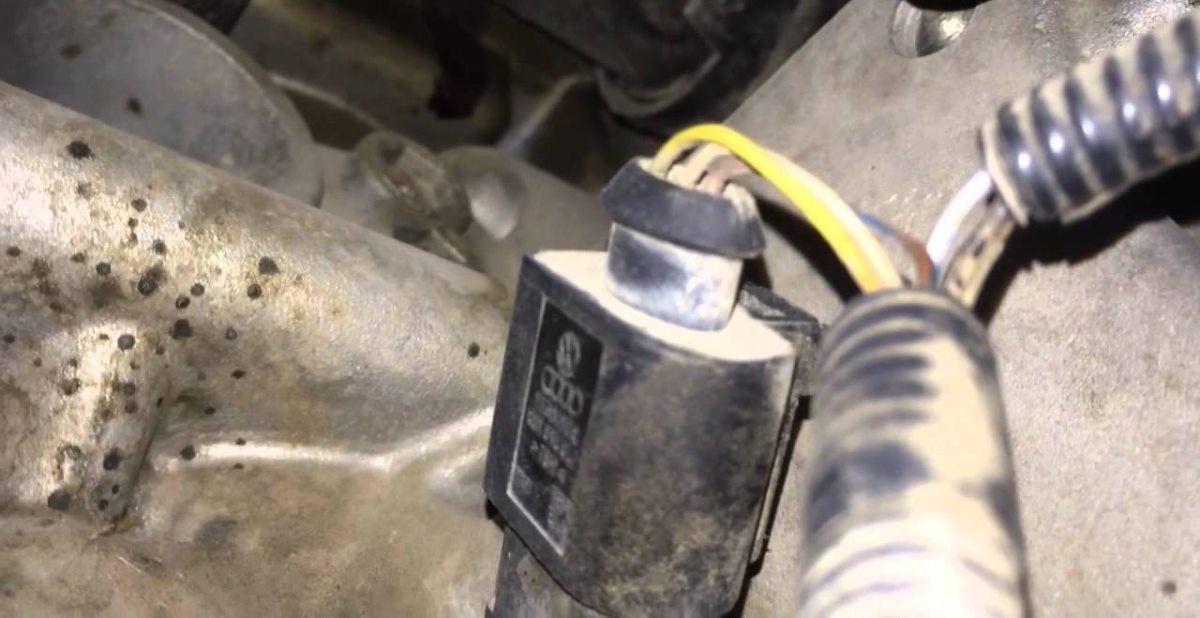What’s an engine speed sensor, and why should you care?

Right, so if you’ve been told you need a new engine speed sensor (sometimes called a crankshaft sensor or crank angle sensor), you might be wondering what the deal is. Put simply, it’s a little device that’s basically the eyes and ears for your car’s engine control unit.
It sits tucked in nice and close to your engine’s crankshaft, tracking how fast it’s spinning. This info goes straight to your car’s computer, helping it sort out fuel injection and ignition timing. So things like your fuel economy, power, and even your exhaust are all linked back to this wee sensor. It makes a real difference on the school run along Clyde Street, the stop-start city slog on Peachgrove Road, and when you’re climbing those Paeroa hills in the summer heat.
Most of these sensors use magnets and detect how quickly your crankshaft’s teeth are whipping past. They don’t look like much, but without them, modern cars – like a Honda Jazz, Nissan X-Trail, or even a Skoda Octavia – can’t run right.
And if you’ve got an automatic, there’s usually a transmission speed sensor doing a similar job for your gears.
Problems with the engine speed sensor can mess with your air/fuel mixture, which leads to poor performance, weird engine behaviour, and worse fuel use. If you want to get stuck in to the nerdy details, here’s a bit more on air/fuel ratio.
How do you know your engine speed sensor’s on the blink?
We see it pretty often, especially with all that stop-go driving around The Base or Queenwood, not to mention those bumpy old roads out in Tamahere or Ngāruawāhia. Here are some classic signs:
- Engine’s misfiring or feels lumpy: Been a few Mazdas and some SsangYongs where you can feel it at idle – the car shakes, hesitates, or splutters when you try to accelerate. Performance goes down the gurgler.
- Hard to start, especially hot or cold: Had a customer in with a Peugeot 308, wouldn’t start after a run to Cambridge. Sometimes these sensors only play up when it’s hot – let it cool, and the car suddenly starts. It’s annoying as anything!
- Stalls out of nowhere: Happened to one woman in a Suzuki Swift, right in the middle of Dinsdale roundabout. Engine just conked out, dash lights up like a Christmas tree.
- Tacho goes bonkers: If your rev counter’s jumping around even when you’re just cruising down Te Rapa Road, might be your engine speed sensor acting up.
- Uses more petrol than usual: Had a bloke with a Toyota Wish, said he was filling up more often – turned out to be a sluggish sensor stuffing up the fuel mixture.
- Check Engine Light won’t go away: Any time you’re seeing that CEL, get your codes checked. Faulty speed sensors throw up codes – we can scan those right here in the workshop.
Honestly, we work on all sorts. From Subarus and Kias to Audis and Ford Mondeos – doesn’t matter if you’re coming from Morrinsville or the centre of Hamilton, we see these issues on everything.
Engine Speed Sensor Inspection & Replacement – Hamilton locals sorted
If your car’s playing up, or you just want to rule out the sensor as the culprit, swing by Grimmer Motors. One of our techs will give your car a once-over, check the codes, and test the sensor. If it’s shot, we’ll replace it for you, plain and simple.
Getting it sorted means better fuel use (big deal with all those heavy traffic runs on Wairere Drive during school pick-ups), smoother running, less risk of breaking down, and just generally a happier car. We do this every week – for sporty Hyundais, work utes from Raglan, hybrids out of Rototuna, and trusty old Hiluxes.
If you reckon your engine speed sensor’s dodgy, or you’ve been told there’s a fault, give us a bell or book online. We’ll get you back on the road, no dramas.

